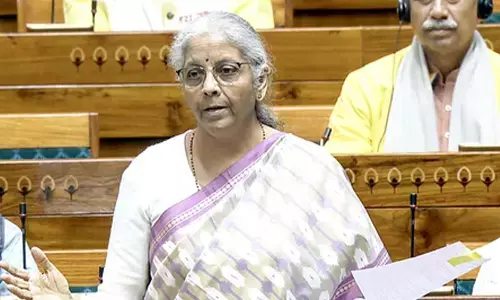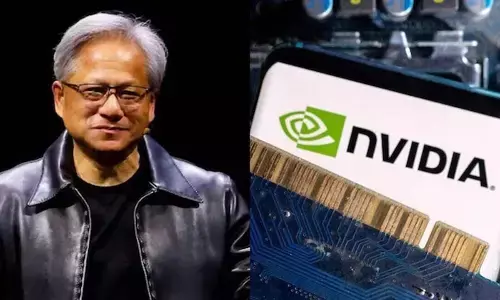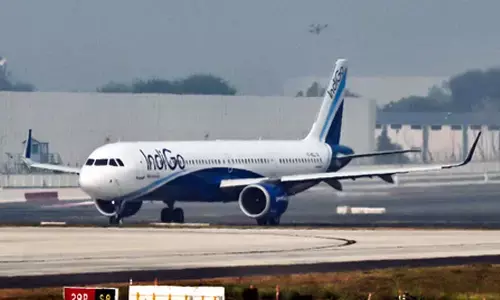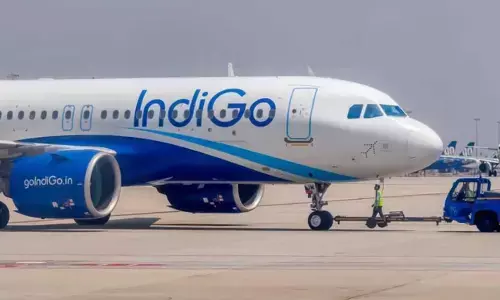Liver tissue from space may transform traditional transplants
Share :
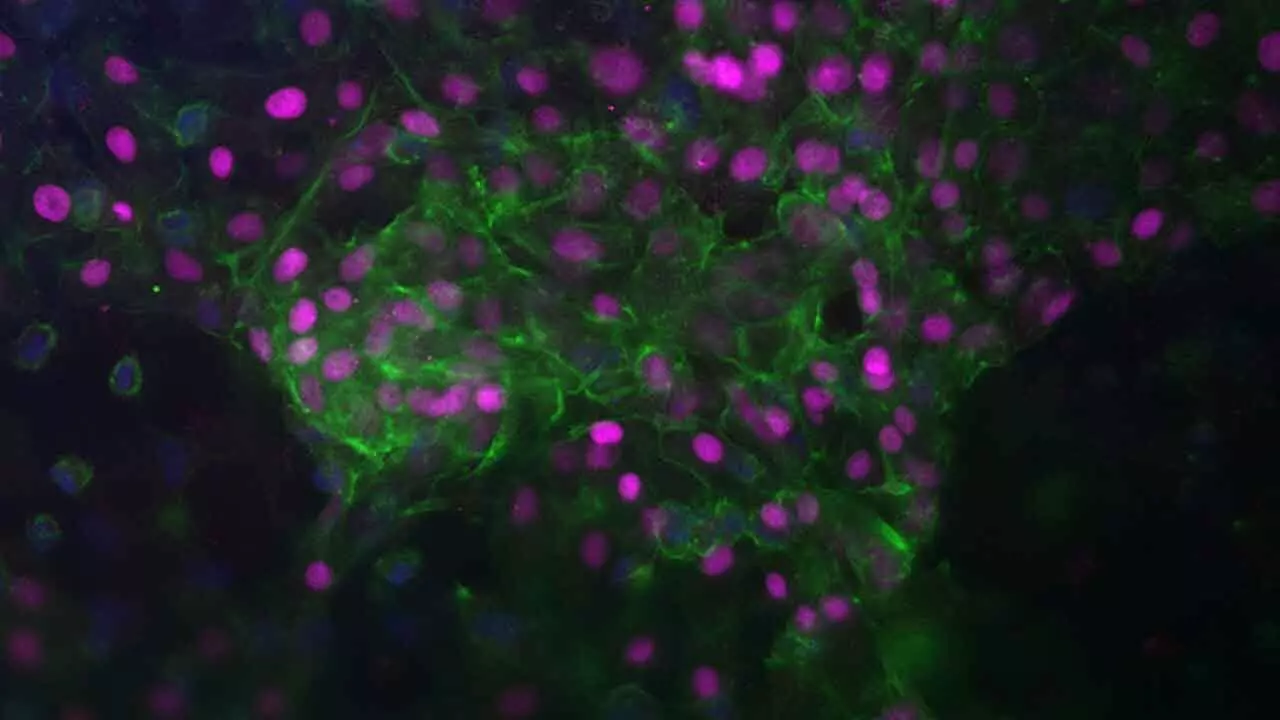
A team of US researchers is pioneering the self-assembly of human liver tissues in low-Earth orbit (LEO) — the area of space below an altitude of around 1,931 kms — which could lead to novel stem cell-derived liver tissues, providing an alternative to traditional liver transplants.
The “out-of-this-world” project has the potential to transform the future of tissue engineering and liver transplantation through innovative research conducted aboard the International Space Station (ISS).
Led by Tammy T Chang, a professor of surgery at the University of California, San Francisco, the process could significantly enhance the development of complex tissues for medical use on Earth.
“Our goal is to develop robust preservation techniques that allow us to bring functional tissues back to Earth, where they can be used for a range of biomedical applications, including disease modeling, drug testing and eventually, therapeutic implantation,” Dr Chang said.
The method leverages the unique environment of microgravity to address the limitations of current tissue engineering techniques on Earth. For example, the use of artificial matrices that provide a framework on which cells grow can introduce outside materials and alter cellular function.
“Our findings indicate that microgravity conditions enable the development of liver tissues with better differentiation and functionality than those cultured on Earth,” said Dr Chang.
This represents a critical step toward creating viable liver tissue implants that could serve as an alternative or adjunct to traditional liver transplants.
These stem cells are built into liver tissues in microgravity that function like a smaller, simpler liver.
Unlike Earth-bound tissue engineering methods that rely on exogenous matrices or culture plates, microgravity allows cells to float freely and organise naturally, resulting in more physiologically accurate tissues.
The research team is also working on advanced cryopreservation techniques to transport engineered tissues from space to Earth safely.
The next phase involves testing isochoric supercooling, a preservation method that maintains tissues below freezing without damaging them. This technology could extend the shelf life of engineered tissues and potentially be applied to whole organs.
“Our goal is to develop robust preservation techniques that allow us to bring functional tissues back to Earth, where they can be used for a range of biomedical applications, including disease modeling, drug testing, and eventually, therapeutic implantation,” Dr Chang said.








